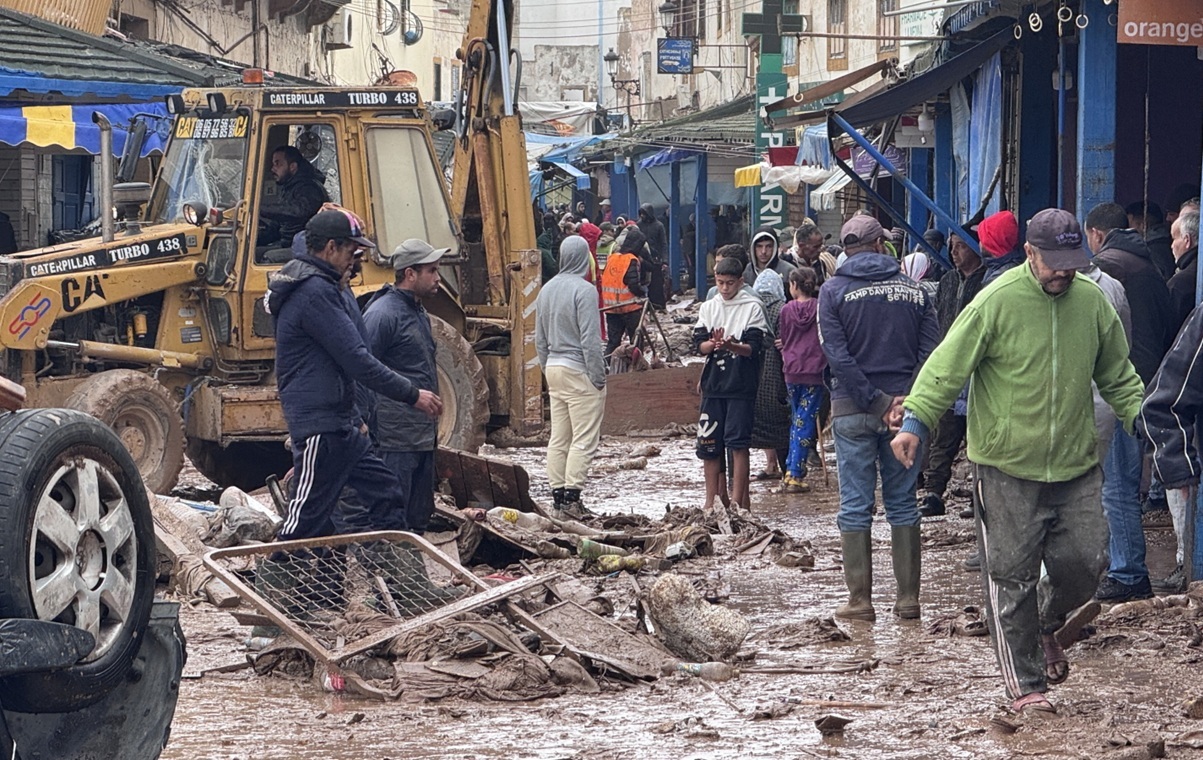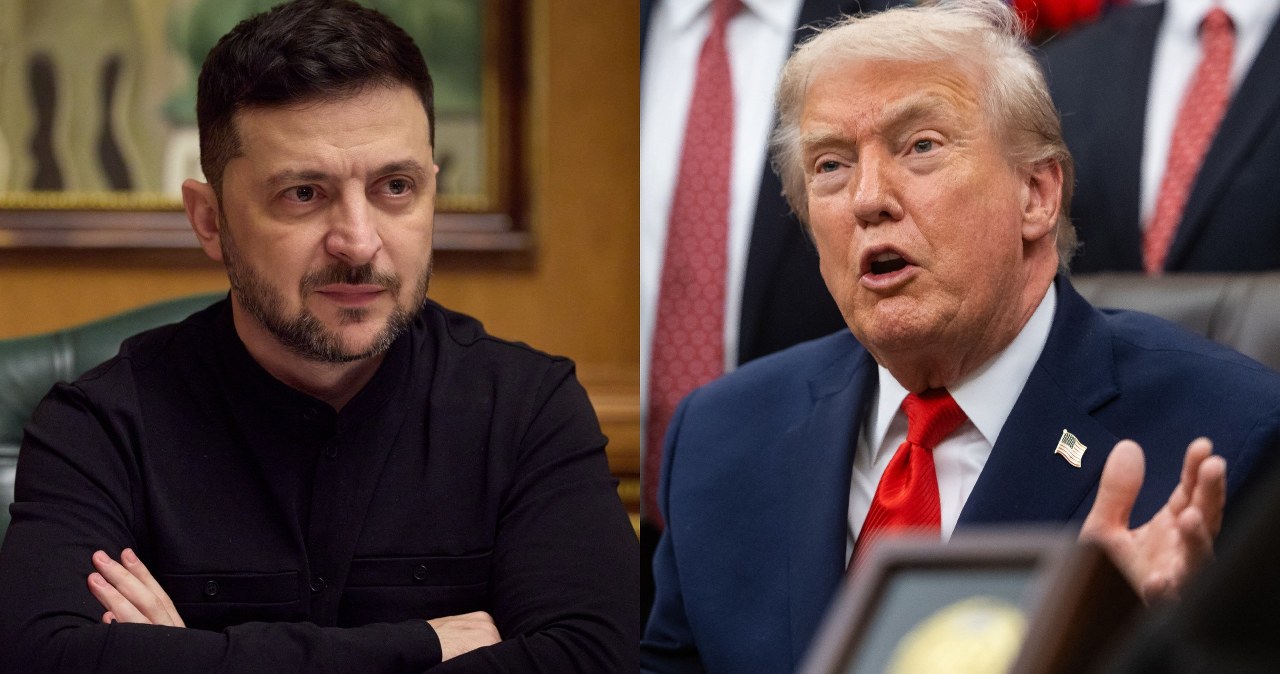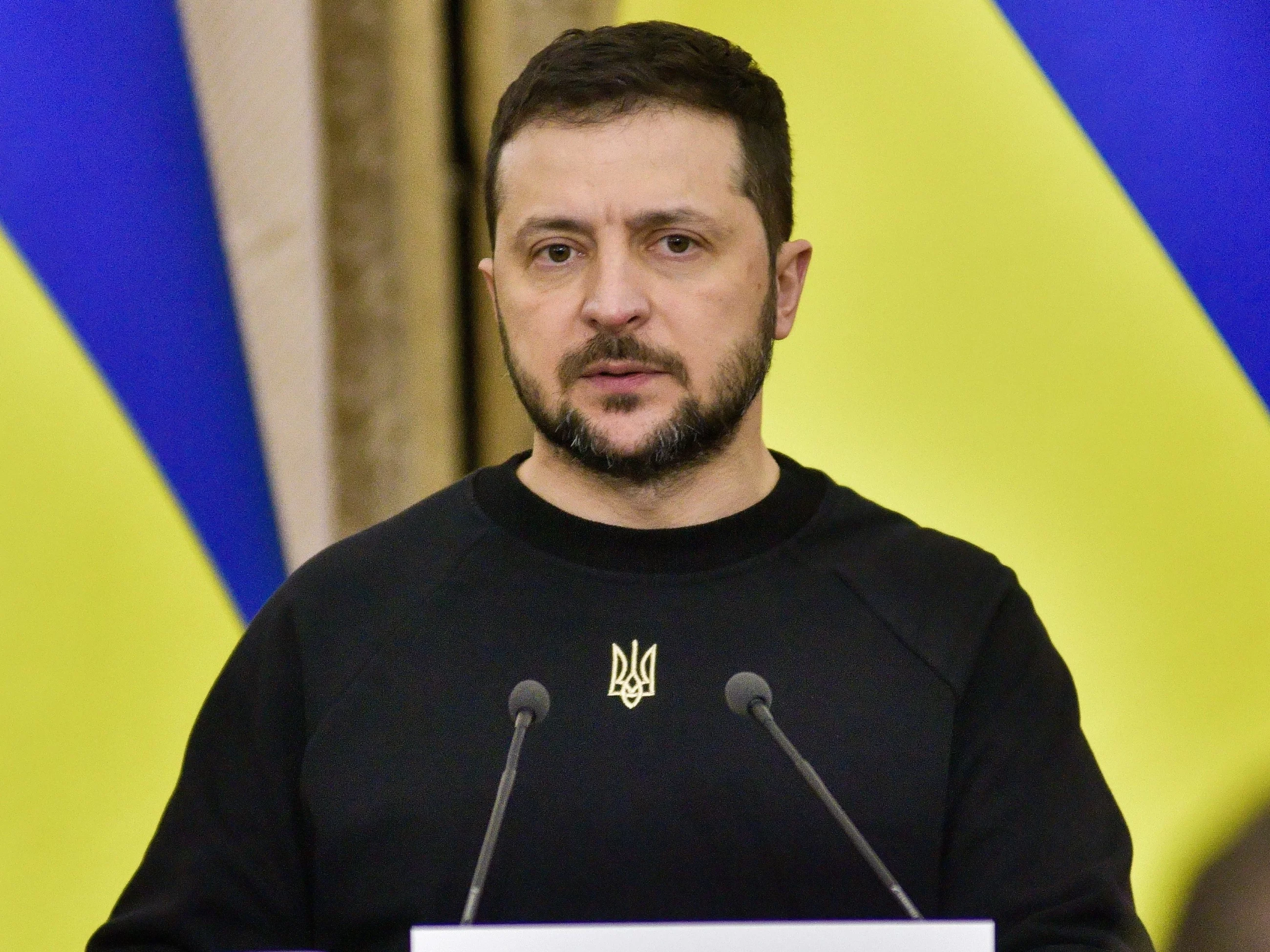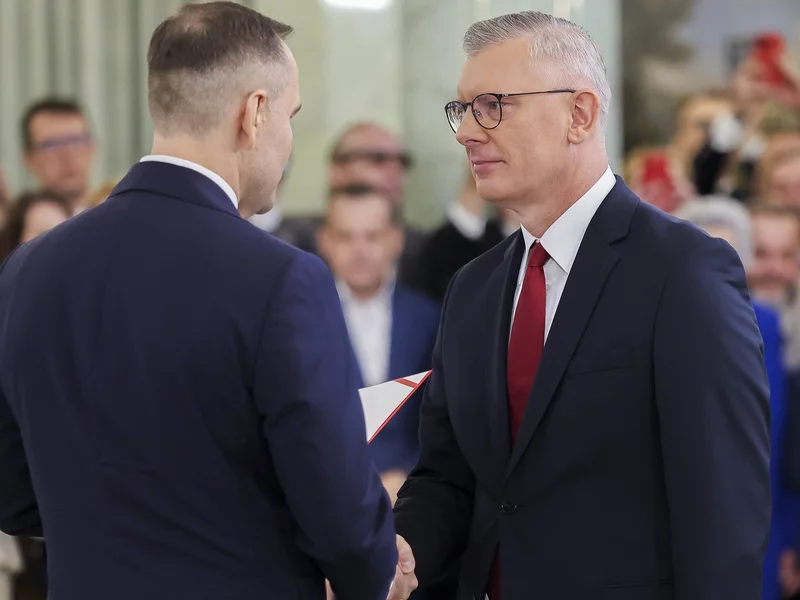
Trump Accumulates Wins On Supreme Court’s Emergency Docket – Key Takeaways
Authored by Sam Dorman via The Epoch Times,
President Donald Trump’s ambitious agenda has been met with order after order from lower courts temporarily blocking him. Many of those have been lifted by the Supreme Court, handing Trump several wins and raising questions about how lower courts have been handling his cases.
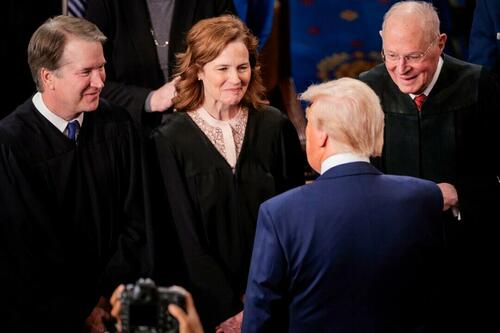
These decisions have mostly come on what’s known as the “emergency” or “shadow docket,” a set of more urgent appeals that the Supreme Court often decides without oral argument.
The Supreme Court sometimes issues a ruling without explanation in these cases.
The resulting decisions—at least 21 in Trump’s second administration—have prompted varying alliances and opinions that reflect apparent frustration among the justices.
Here are some takeaways from Trump’s battles at the Supreme Court during the 2024-2025 term.
Trump’s Winning Streak
The administration has been remarkably successful at the high court, obtaining relief in 14 of the 18 appeals that have been ruled on by the justices.
So far, the Supreme Court has allowed Trump to block spending across multiple departments, remove high-ranking bureaucrats and probationary employees, and move forward with immigration enforcement measures.
Perhaps his biggest victory came in June when the justices ruled against the use of nationwide injunctions. Such orders have blocked many of Trump’s policies on a nationwide basis, rather than just for the parties before the court.
But Trump’s victories so far have been relatively limited, usually scoring temporary relief from lower court orders while the justices refrained from making final decisions on the legality of Trump’s policies.
“The merits of most challenges to Administration policies did not reach the Court so we have no clear sense of how much of the President’s agenda it will sustain,” Georgetown University Law Professor David Super told The Epoch Times.
In at least a handful of cases, the justices ruled against Trump.
For example, they said in May that Trump had provided inadequate due process for individuals subject to deportation under the Alien Enemies Act. A majority of the justices temporarily halted deportations on two occasions while leaving unresolved meatier questions about whether Trump’s invocation of the Alien Enemies Act was valid.
That decision—and another effectively forcing the disbursement of foreign aid—drew some heavy criticism from Justice Samuel Alito.
“Does a single district-court judge who likely lacks jurisdiction have the unchecked power to compel the Government of the United States to pay out (and probably lose forever) 2 billion taxpayer dollars?” he asked in an opinion joined by Justices Clarence Thomas, Brett Kavanaugh, and Neil Gorsuch in March.
“The answer to that question should be an emphatic ‘No,’ but a majority of this Court apparently thinks otherwise,” he added, noting that he was “stunned.”
Lower Courts’ Authority
Alito’s comment was one of many questioning the authority of lower courts in blocking the president’s policies.
Much of the administration’s arguments in court have focused on whether federal district judges have authority to even hear particular cases or second-guess the administration’s judgments.
Trump’s mass firings, for example, have brought into focus how much Congress can limit his ability to fire employees. That’s particularly true for high-ranking bureaucrats, whose positions Congress may have attempted to insulate by saying they cannot be fired without cause.
A long list of officials have already sued, providing cases for the Supreme Court to weigh in on a nearly century-old precedent on the president’s removal power. While the Supreme Court initially refused Trump’s request to fire a watchdog within the government, it temporarily allowed other removals of labor board officials and those on a consumer safety commission.
While the ruling on nationwide injunctions limited courts’ authority, many other questions remain unanswered—including how litigants might obtain nationwide relief through other legal tools.
Besides that question, the Supreme Court could grapple more deeply with whether disputes with federal employees must go through an administrative process before reaching federal courts.
Another question is whether challenges to Trump’s funding cuts should be brought in those courts rather than in the U.S. Court of Federal Claims. A law known as the Tucker Act grants the Court of Claims jurisdiction over contract disputes, but some federal judges have said the administration is misapplying this law.
In April, a majority of the Supreme Court seemed to side with the Trump administration when it removed a lower court’s block on Trump’s attempt to freeze millions in Education Department grants.
While they didn’t offer a final opinion on lower courts’ jurisdiction, an unsigned majority opinion seemed to favor the president’s view. “The Government is likely to succeed in showing the District Court lacked jurisdiction to order the payment of money,” the “per curiam,” or unsigned opinion, read.
Moving Too Quickly?
Not everyone was on board with that opinion. Besides Chief Justice John Roberts, the three liberal justices—Sonia Sotomayor, Elena Kagan, and Ketanji Brown Jackson—said they would have ruled differently.
In that case and others, the dissents featured similar concerns from both conservative and liberal justices.
Kagan worried that the court was moving too quickly on the education grants and failed to thoroughly consider the issue.
“The risk of error increases when this Court decides cases—as here—with barebones briefing, no argument, and scarce time for reflection,” she said, before suggesting the court created “new law” on the emergency docket.
Sotomayor later quoted that portion of Kagan’s opinion when she dissented from the court’s decision to remove blocks on Trump’s Alien Enemies Act deportations in April.
The administration’s deportations under the 18th-century law have sparked four decisions from the court this past term. In one decision, justices said the administration had to facilitate the return of one of the men deported to El Salvador.
In a separate case, the Supreme Court temporarily blocked Trump’s deportations for a group of detainees in Texas before that group or class had been certified in a lower court. In class action lawsuits, a court has to certify the class of plaintiffs before the action can proceed.
A dissent written by Alito and Thomas had strong words for this aspect of the decision and others.
“In sum, literally in the middle of the night, the Court issued unprecedented and legally questionable relief without giving the lower courts a chance to rule, without hearing from the opposing party, within eight hours of receiving the application, with dubious factual support for its order, and without providing any explanation for its order,” the dissent, authored by Alito, read.
The opinions in these cases have been brief, often leaving questions about how lower courts should view particular legal issues.
At an event for the U.S. Court of Appeals for the Ninth Circuit, Kagan said in July that the court “should be cautious” about acting on the emergency docket and cited issues like a lack of briefing.
“The orders themselves don’t tell anybody anything about why we’ve done what we’ve done,” she said. “I think there are some things you can pretty well guess, but there are lots of other things … where you can’t,” she said.
According to media outlets, Kavanaugh defended shorter orders at an event in Missouri on July 31. “There can be a risk, in writing the opinion, of a lock-in effect, of making a snap judgment and putting it in writing, in a written opinion that’s not going to reflect the final view,” he said.
Tyler Durden
Tue, 08/05/2025 – 20:55

 4 miesięcy temu
4 miesięcy temu

